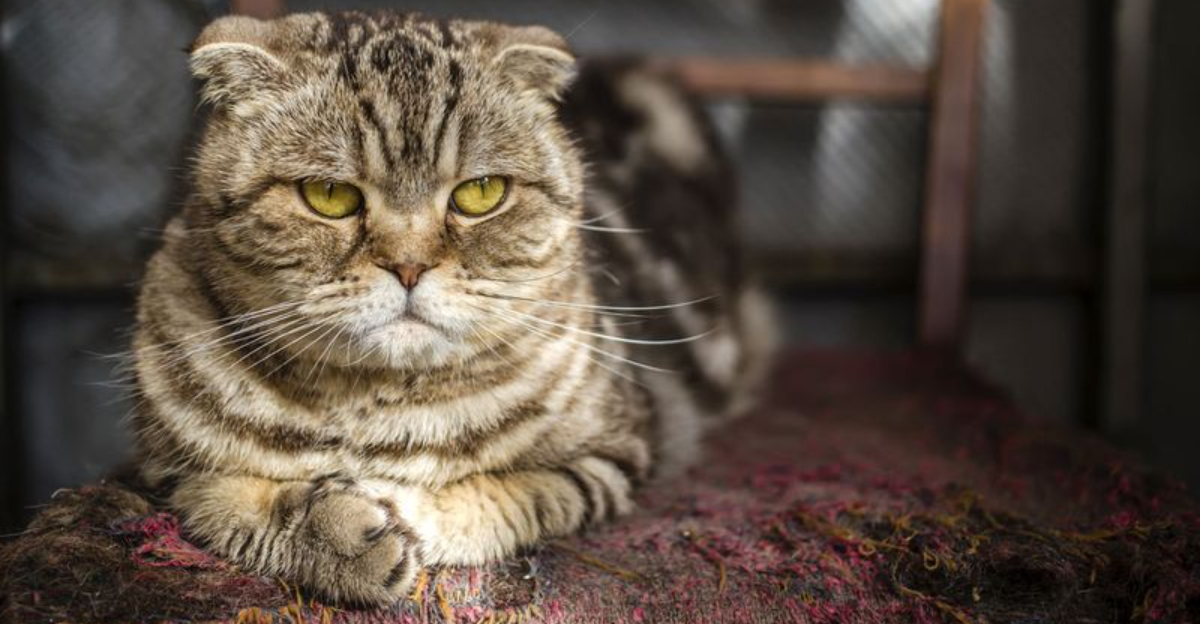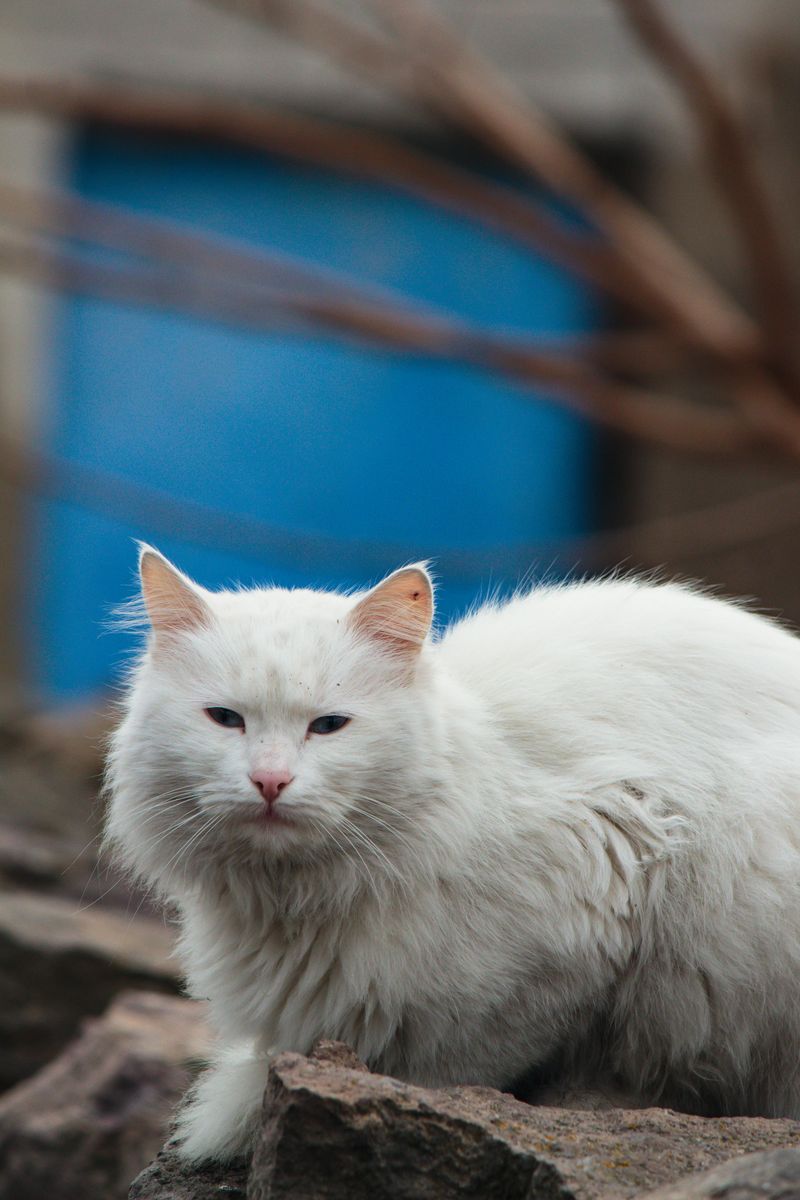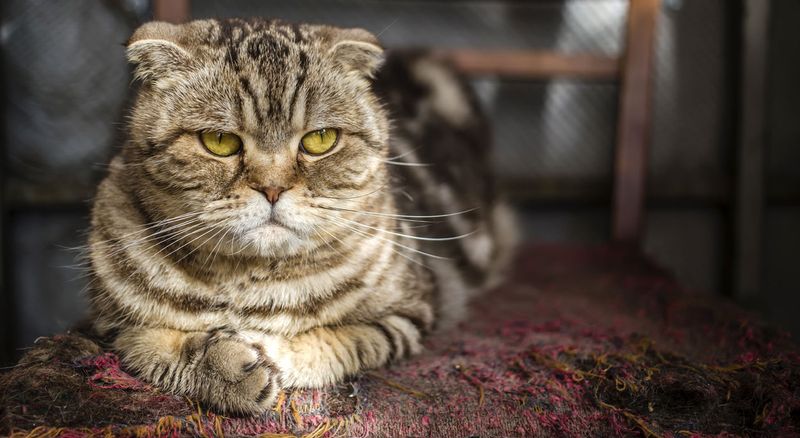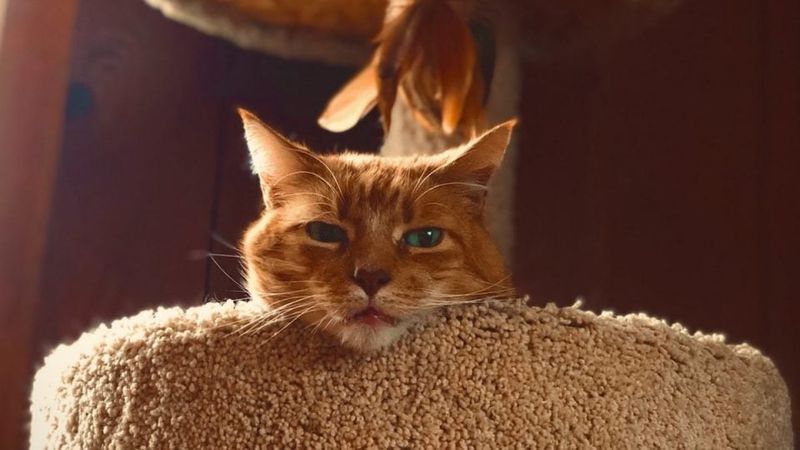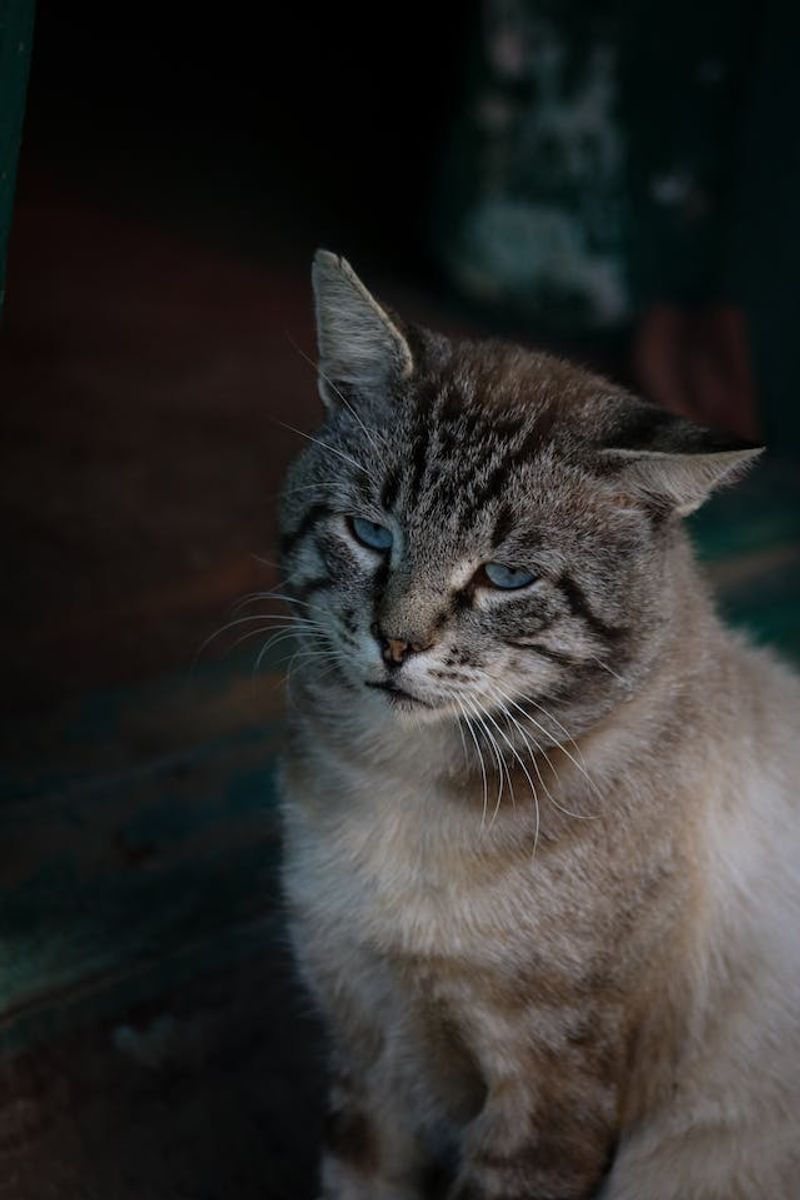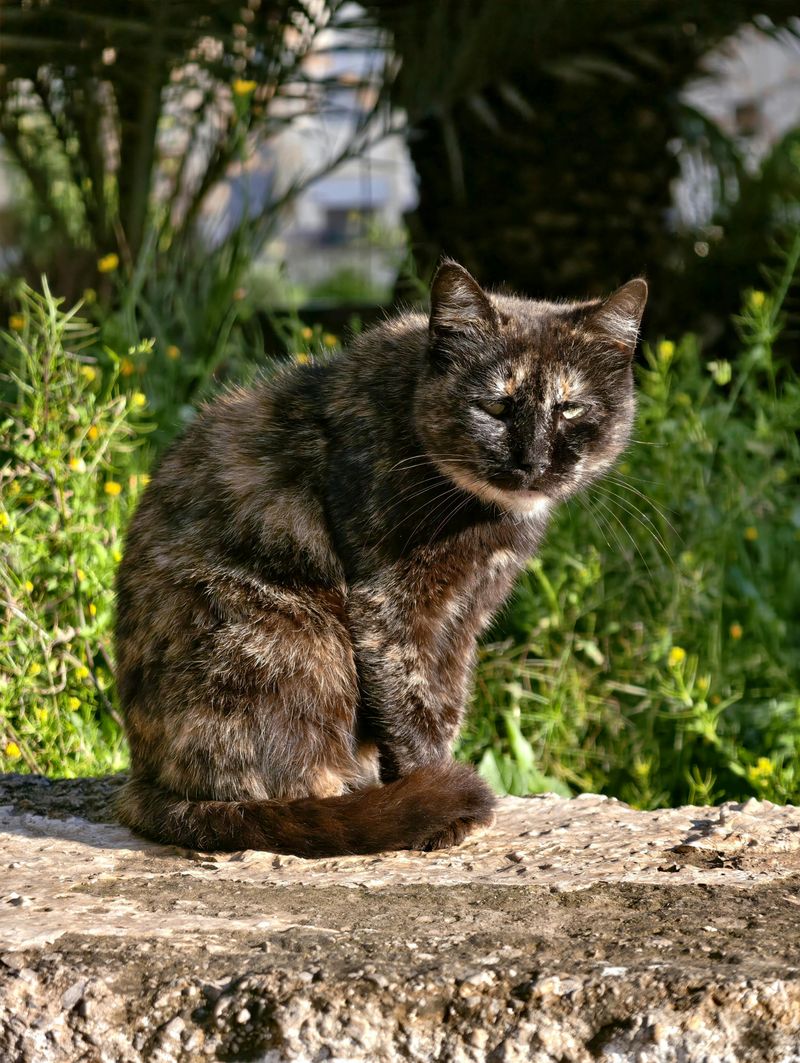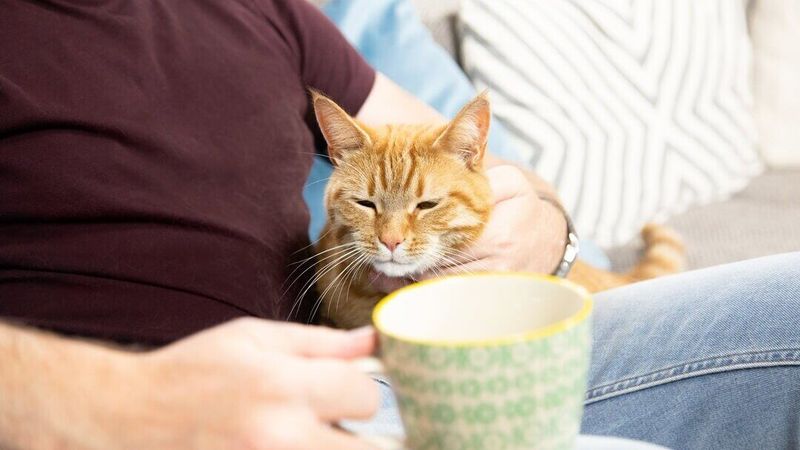📖 Table of Content:
As cats age, their needs, behaviors, and sensitivities shift—often requiring a gentler, more thoughtful approach to training and discipline. Senior cats may not respond to the same cues or strategies that worked when they were younger. They can develop age-related issues like arthritis, vision or hearing loss, or cognitive decline, which all affect how they interact with their environment and humans. This is why it’s essential to adjust your expectations and techniques when teaching boundaries to an older feline companion.
Discipline doesn’t mean punishment—especially for senior cats. In fact, harsh corrections can lead to stress, anxiety, and even more unwanted behavior. Instead, setting boundaries should focus on patience, consistency, and understanding. Gentle guidance can go a long way in reinforcing good habits while still respecting the comfort and dignity of your aging pet.
In this guide, we’ll walk you through eight effective and compassionate methods to help you establish healthy boundaries with your senior cat. Whether your older kitty is scratching furniture, hopping onto forbidden surfaces, or simply testing their limits, these strategies are designed to help both of you live harmoniously—while preserving the trust and bond you’ve built over the years.
1. Positive Reinforcement
Reward-based training is one of the most effective ways to shape your senior cat’s behavior. Rather than focusing on what they’re doing wrong, highlight the moments they get it right. Treats, affection, or gentle praise can instantly reinforce good habits. Over time, your cat will begin to associate positive outcomes with the desired behaviors. Many older cats crave attention, so rewards like chin rubs or cozy lap time can be even more effective than food. Make sure to offer the reward immediately, so the cat connects it to the correct action. Done consistently, this method builds confidence and reinforces your bond.
2. Use Consistent Verbal Cues
A calm, clear tone can do wonders when setting boundaries. Instead of yelling or scolding, choose a consistent word or phrase like “Off” or “No” to use every time. Repeating the same cue builds familiarity and makes it easier for your cat to learn. Verbal cues work best when paired with an action, such as gently moving the cat away. Although older cats may experience hearing loss, they can still respond to tone and vibration. Avoid using multiple commands for the same situation, as it can confuse them. Over time, these cues become reliable signals your senior cat can recognize and respect.
3. Redirect Undesired Behavior
Whenever your cat does something you don’t want—like scratching furniture or climbing onto counters—redirect them rather than punish. Instead of saying “no” and leaving it at that, show them what they can do instead. For example, guide them to a scratching post or move them to a cat perch. Use this redirection consistently to teach them where their energy should go. It’s important to avoid frustration or anger, as this can create fear or confusion. Keep your voice gentle and your hands soft when redirecting. Eventually, your cat will begin to anticipate the preferred behavior.
4. Create Clear Boundaries with Environment
Sometimes the most effective boundary-setting doesn’t involve you at all—it’s about the environment. Adjusting your home layout can subtly but effectively discourage unwanted behaviors. Try using double-sided tape on surfaces you want them to avoid, or motion-activated air sprays to gently deter entry into restricted areas. Physical boundaries like closed doors or baby gates can also help. This method keeps your cat safe without direct confrontation. For a senior cat, minimizing effort and confusion in navigation is key. Environmental cues become gentle reminders that some areas are off-limits.
5. Offer Appealing Alternatives
Give your senior cat better choices, and they’re more likely to follow your lead. If your cat insists on lounging on your keyboard or clawing the couch, consider what they’re trying to tell you. Perhaps they want warmth, attention, or a scratching outlet. You can provide a cozy bed near your workspace or place a scratching pad right next to the forbidden furniture. Offering a better option, rather than just saying no, turns a negative into a positive. Senior cats appreciate comfort and ease, so make alternatives easy to access. With time, they’ll naturally gravitate toward their new favorite spots.
6. Maintain a Routine
Older cats thrive on consistency, so establishing a daily rhythm can help reduce anxiety and unwanted behavior. Feeding, playtime, and even cuddle sessions should ideally happen around the same times each day. This predictability gives them a sense of security, especially if they’re dealing with cognitive changes. A stable routine also helps them understand when and where behaviors are expected. Sudden changes can lead to confusion or regression in training. When a pattern is followed, cats are more likely to stay within their behavioral boundaries. Structure becomes a silent guide in your household.
7. Minimize Triggers
To stop a behavior, it helps to know what’s causing it. Pay attention to the context around your cat’s actions—are they acting out due to boredom, hunger, or discomfort? By removing or minimizing those triggers, you eliminate the need for discipline altogether. For example, if your cat jumps on the counter before dinner, try feeding them earlier or offering a food puzzle. Understanding the why behind behavior leads to more effective solutions. Preventative care and thoughtful adjustments can go further than correction. Your senior cat isn’t being difficult—they’re just communicating in the only way they know how.
8. Be Patient and Gentle
Patience is truly the most powerful tool you have when guiding a senior cat. As they age, it may take them longer to learn or adjust to new boundaries. Instead of getting frustrated, remind yourself that aging comes with its own set of challenges. Offer them extra grace, and celebrate small improvements. Use soft movements, gentle words, and a calm presence to create a safe learning space. Harsh corrections can damage your trust—something older cats especially value. When you approach discipline with empathy, your cat feels secure enough to change.
